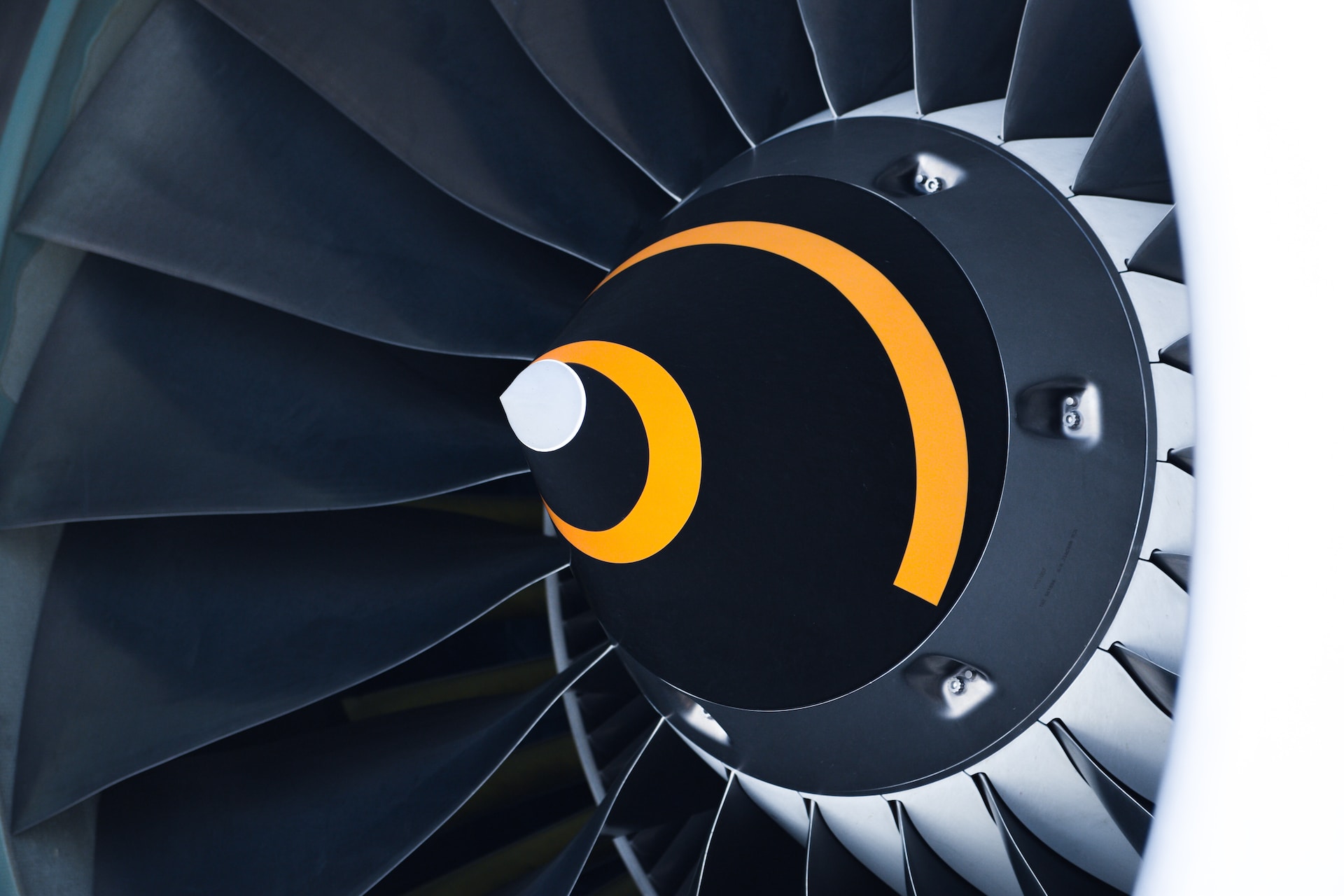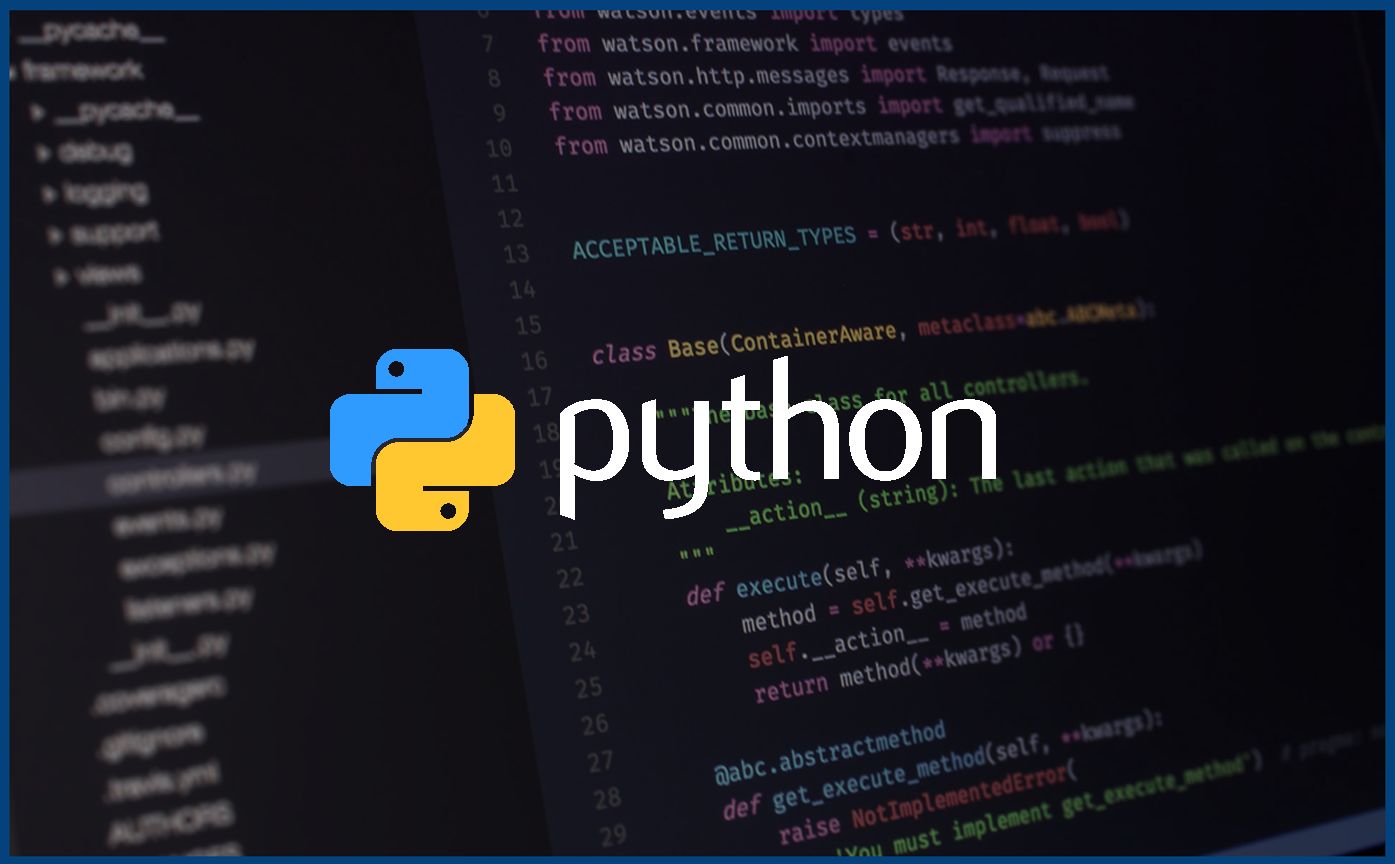Rolls-Royce, the renowned manufacturer of jet engines, has begun to leverage the power of quantum computing for its design processes. In a historic collaboration with NVIDIA and Israeli startup Classiq, Rolls-Royce is testing the capability of upscaling its operations onto a quantum computer.
Simulating how gases flow through a jet engine is an immensely complex computational problem, one that has long challenged engineers across the globe. Quantum computers, however, could provide a significant boost to these calculations. This collaboration has resulted in the simulation of the largest-ever quantum circuit for computational fluid dynamics (CFD), a crucial component in the design and optimization of jet engines.
Jet turbines involve scores of fan blades spinning at thousands of rotations per second, with airflows measuring hundreds of kilometers per hour. Modeling these inner workings is vital for designing more powerful and efficient engines, an increasingly critical task as the aviation industry strives to reduce its climate impact.
Rolls-Royce already uses CFD simulations extensively in its design processes, but the enormous computational resources required often lead to a compromise on fidelity or scale. Quantum computers could provide the necessary speed up, according to Leigh Lapworth, a fellow in computational science at Rolls-Royce.
While current quantum processors are still too small to simulate complex systems like jet engines, Rolls-Royce sees value in developing quantum algorithms for CFD. Last month, the collaboration announced the use of NVIDIA’s GPU-based quantum simulator to test a 39-qubit quantum CFD circuit with a depth of 10 million layers, the largest simulation of its kind to date.
Simulating quantum circuits entails using classical computers to model quantum interactions within a quantum processor. Despite the complexity and computational demands of this process, the insights provided are proving valuable for optimizing the quantum algorithm. Rolls-Royce’s approach to quantum CFD simulation utilizes a hybrid scheme based on the HHL algorithm, which can solve linear algebra problems exponentially faster than classical approaches, given enough qubits.
NVIDIA’s role in this venture is crucial. NVIDIA’s A100 GPUs are used to accelerate simulations, enabling the team to run the circuit at a scale large enough to perform meaningful comparisons against experimental data of jet engines and their components.
Frank Gaitan, a research physicist at the University of Maryland, supports the approach taken by Rolls-Royce, which involves swapping out a classical linear equation solver for a quantum one. Gaitan believes that this project shows the wider potential of quantum computing, opening up new areas for its application beyond traditional use cases like factoring integers and searching databases.
Other companies, such as Pennsylvania-based simulation software provider Ansys and German provider SimScale, are also keeping a close eye on the potential of quantum computing for CFD applications, indicating a broader industry interest in this groundbreaking approach.
































































